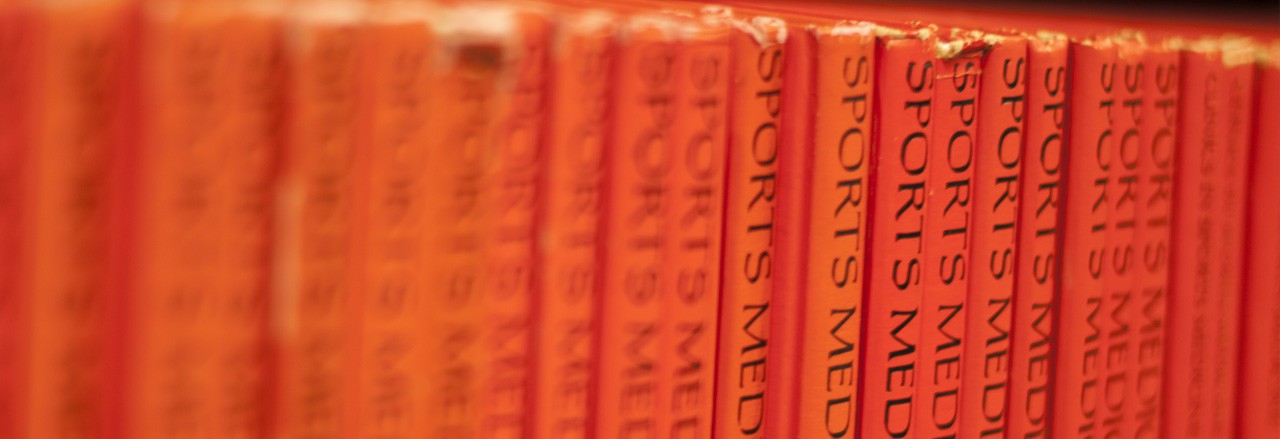General
- Every season numerous MLB players (primarily pitchers) succumb to ulnar collateral ligament (UCL) injuries and undergo surgery to reconstruct this ligament named after Tommy John, who famously produced a 3.1 ERA over 18 seasons following this surgery. The increasing number of Tommy John surgeries occurring annually in the US has led some to call it an epidemic. While the surgery has demonstrated great success, it is important to realize that some 10-30% of people never return to the same level of play after surgery. The most important form of treatment is actually prevention.
- Tommy John surgery does NOT make you throw harder. It is only performed in high demand throwing athletes who have sustained an injury.
- More information provided by Major League Baseball can be found at http://m.mlb.com/pitchsmart/
Anatomy
- The ulnar collateral ligament (UCL) also known as the medial collateral ligament of the elbow is on the inside of the elbow and is particularly important for throwing athletes. The surgery to reconstruct this ligament if it is torn is called “Tommy John Surgery” named after the famous baseball player.
- The UCL functions to stabilize the elbow during the throwing motion (valgus stress). It is divided into three components (anterior, posterior, and transverse bands). The anterior band is the strongest and most important for throwing.
Risk Factors
- Baseball
- Pitching
- Javelin
- Overuse
- Poor throwing mechanics
- Throwing for the radar gun
- Injury/weakness of shoulder that increase the load sustained at the elbow
Symptoms
- Pain over the inside (medial) part of the elbow
- “Pop” during a single throw
- Loss of throwing velocity and accuracy
- Numbness and tingling in the ring and little fingers
Diagnosis
- Physical examination
- Areas that reproduce pain
- Range of motion
- Specific tests to reproduce pain
- Assessment of laxity
- X-rays look the bony anatomy for abnormalities.
- MRI looks at the soft tissue structures.
Treatment
- The treatment algorithm is complex and requires careful assessment of a patient’s timing and sports goals.
- Non-Surgical – is first line treatment
- Rest
- Physical therapy
- Platelet-Rich-Plasma (PRP) injection may be useful in some patients
- Surgical – is used for high-level throwers that want to continue competitive sports and those who have failed non-operative management and are willing to undergo extensive rehabilitation. The surgery, referred to as Tommy John surgery, involves reconstructing the UCL with tissue taken from another part of the patient’s body (palmaris tendon from the forearm or gracilis tendon from the leg). 75-90% of patients are able to return to competitive throwing after approximately 12 months of rehabilitation.


